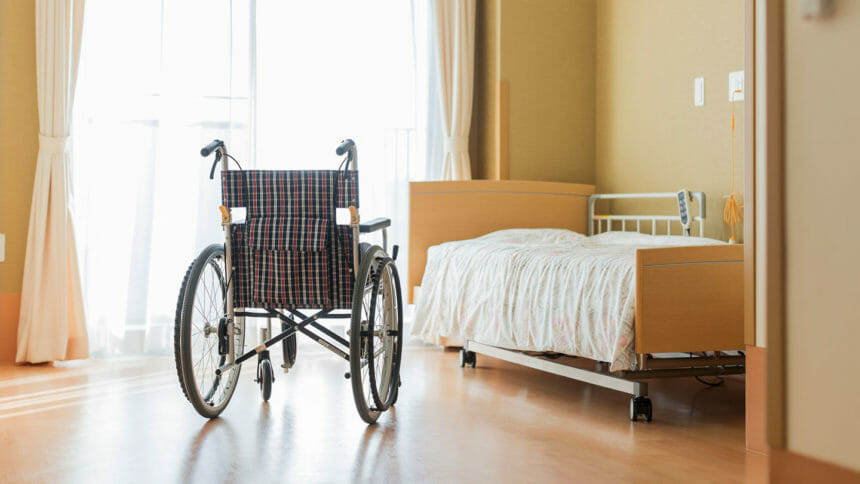
A new bill threatens to cut administrative payments to Connecticut nursing homes that cannot maintain 90% occupancy, even as the national skilled nursing average hovers around 75%.
State officials this week acknowledged the effort is an attempt to address what they consider overbedding, and it comes as skilled nursing providers are intentionally keeping some beds offline due to lack of adequate staff.
Matthew Barrett, president and CEO of the Connecticut Association of Health Care Facilities, estimated the bill would reduce Medicaid rates by $3.50 per patient per day and ding up to three-fourths of the state’s roughly 200 nursing homes. The latest cut, proposed by the Department of Social Services, would be made in addition to an existing Medicaid reduction meted out to providers with 10% of their beds unfilled.
“In this sense, the policy to additionally reduce the administrative and general components of the rates is a doubling of a penalty that is already cutting the rates under current rules,” Barrett said in testimony during a public hearing Tuesday. “In this regard, additionally cutting rates as proposed here … is excessively punitive.”
DSS Commissioner Andrea Barton-Reeves said the intention of the new rule was to move providers to either fill the beds or reduce their licenses.
“Essentially, we no longer want to pay for excess beds. We really want to encourage the nursing home community to delicense excess beds,” Barton-Reeves said, per the CT Mirror. “If those beds are not delicensed within a 12-month period … we are no longer paying for empty beds that aren’t actually providing additional care and providing more capacity in the system.”
Barrett told McKnight’s Long-Term Care News Wednesday that providers had engaged with state Medicaid officials over the last decade on “rightsizing and rebalancing initiatives.” Connecticut nursing homes have traditionally outpaced national occupancy levels, with occupancy approaching 89% just prior to the pandemic. He also warned that the state is home to the sixth-oldest population in the nation, many of whom will drive demand for skilled care beds in the next two decades.
“Reconciling the sector’s view on a strong demand for aging services in congregate settings like skilled nursing facilities now and for the next decades versus the state government’s belief that more seniors will receive care in home and community based environments will continue to be at the center of this important policy debate,” Barrett said.
He also noted that Connecticut providers believe a current statewide occupancy average of 84% understates true demand because staffing shortages continue to hinder admissions.
Mag Morelli, president of LeadingAge Connecticut, asked the state to recognize the impact of workforce issues as it pursues the funding cut for low-occupancy providers.
“We would ask for an exemption for nursing homes that can demonstrate a demand for their vacant beds but that have purposely not filled the beds due to the inability to staff them at a level that they believe is necessary to provide quality nursing home care,” Morelli said.
“We do not want to see them punished for taking the appropriate steps to provide quality nursing home care.”
State officials also said the latest proposal is part of an ongoing campaign to better regulate and reform nursing home care in Connecticut.



